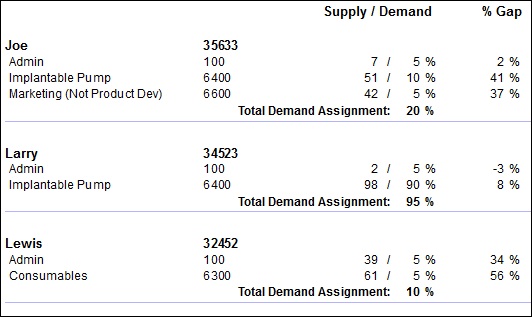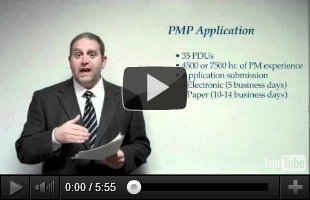Have you ever dealt with a department manager who claims they have no resource capacity for strategic company projects, yet seems to be under allocated?

You suspect the department of using precious company resources on “secondary projects” with no strategic value, but you can’t prove it. Either you don’t have tools to track what your departments do, or that department has successfully hidden manpower for their own use… or both.

Probably the first step is a good heart-to-heart company meeting. All the functional managers should know the necessity and value of strategic company projects. But how can you know they understand and support you? Know your people… That’s the only way.
The next step is to implement a tool that clearly defines the percentage of time expected on key projects, and tracks actual work against them. This is a supply and demand system. Such a tool gives you the opportunity to enforce the message in step one, above. Employees and department timesheets (supply) should track closely to the numbers they’ve agreed upon (demand). If they don’t, you’ll have a hot topic of conversation ahead.


